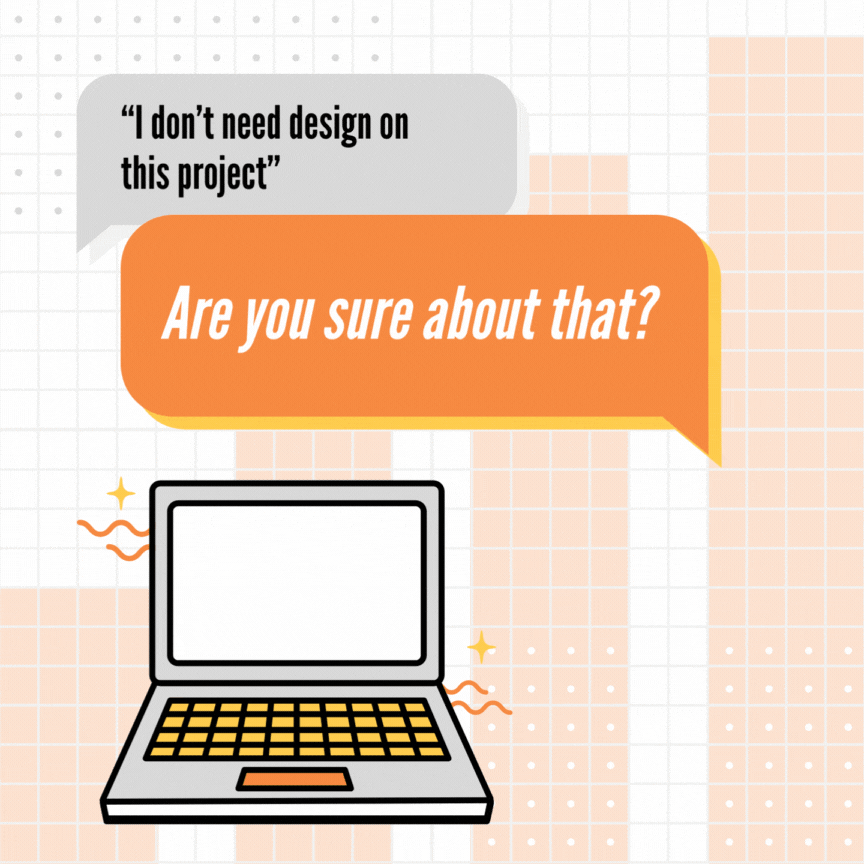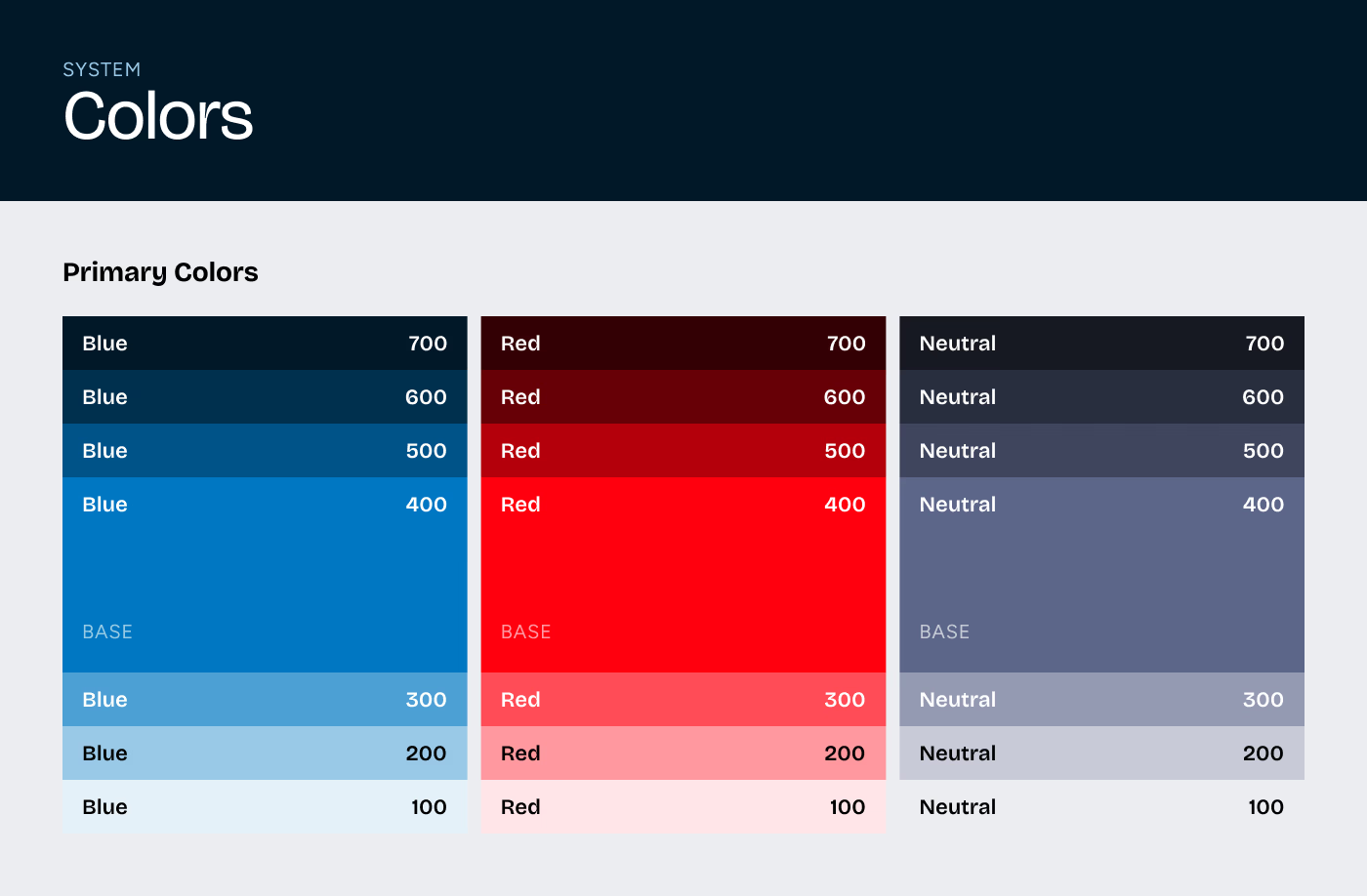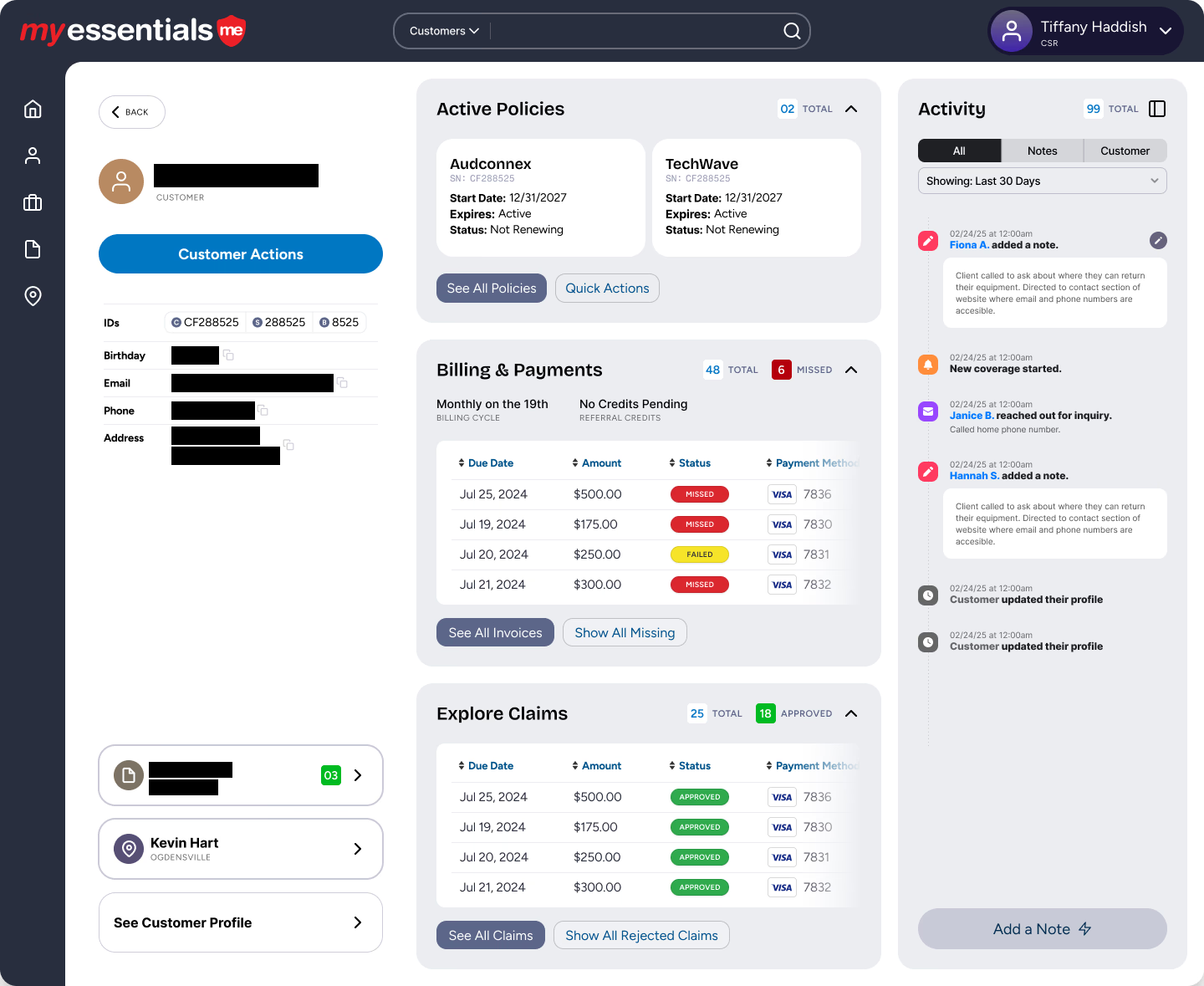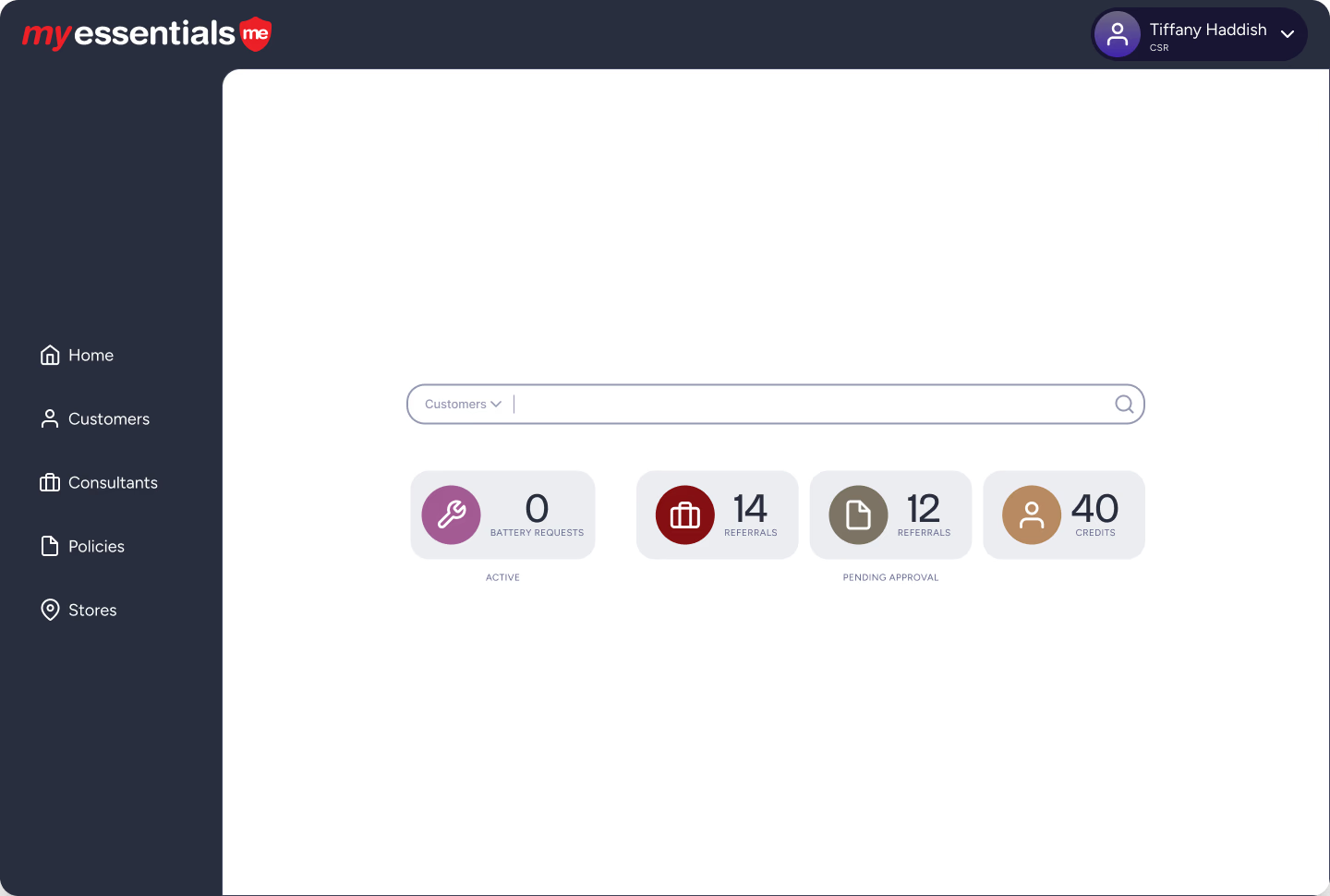Uncover the hidden costs of skipping design in software development. From mitigating risks to ensuring scalability, design is a game-changer for IT services.
“I don’t need design on this project!”
Are you sure about that?
We've heard it before - "I don't need design on this project! " - but what some folks don't understand is that design is much more than just colors and text (as great as those things are, and I may be biased as my background is in graphic design). Analysis and design is a phase that mitigates risks, helps ensure a product is scalable, and makes development much more cost-efficient for our clients.
We as designers work to ensure that the product that’s built for you is thorough, and leaves you, your fellow stakeholders, and your users satisfied. Simply put, a project without a design phase is like building a house without the blueprints.
Here are some things to keep in mind when you ponder whether you need a design phase on your next software development project:
Cost Efficiency
Often the biggest concern that our clients come to us with is the cost efficiency of a project, a reasonable thing to be concerned about, as software can be expensive.
A design/analysis phase helps mitigate those costs by identifying and eliminating any issues with flow, and locking down visuals before it goes to development. This is meaningful cost savings - when changes happen in development to the User Interface affecting User Experience - it takes much longer and ends up costing the client more in the end. The visual roadmap for the project provided by design allows development to be lighter, faster, and tied back to your larger goals and those of your stakeholders. Deferring design until later can make the project get out of hand without a visual source of truth.
Picking up Efficiencies: Using Figma Prototypes in Software and Website Design
Time Efficiency
While it might seem like skipping the design phase would save you time on a project, doing so often ends up leading to inefficiencies and delays during the development phase. A well-structured design phase helps teams work more efficiently, with a clear roadmap guiding them through the implementation process.
After all, a picture’s worth 1000 words, so why try to explain the road map in words? This visualization process Includes documentation like mockups, and style guides to ensure a smooth and streamlined process and serves as both a useful artifact for the development team as well as the client.
Identification of User Needs
One consideration that needs to be made during the design phase is a deeper understanding of the user requirements and expectations of the final deliverable(s). Taking the time to gather feedback and pain points from users and understand their needs is paramount to project success. We can identify user needs the client may not even know about.
After all, a product can only thrive if its users are happy with it.
Scalability
Another factor that may not be at the forefront of a clients’ mind is scalability. Your budget may only be enough for a certain number of features, but like a flower needs nutritious top soil to thrive and grow, a project needs a strong foundation to support it and to future proof it for growth.
A design phase uncovers any future needs that can be accounted for in the development phase making it easier for the software to adapt to evolving business needs.
Good Design: 8 Things to Keep in Mind
To Sum Things Up…
Skipping out on a design phase can lead to a waterfall of issues throughout the development and could just undermine overall success of the project. Keeping all of these benefits in mind, pose this question to you: Are you sure a design phase is something that you don’t need?



